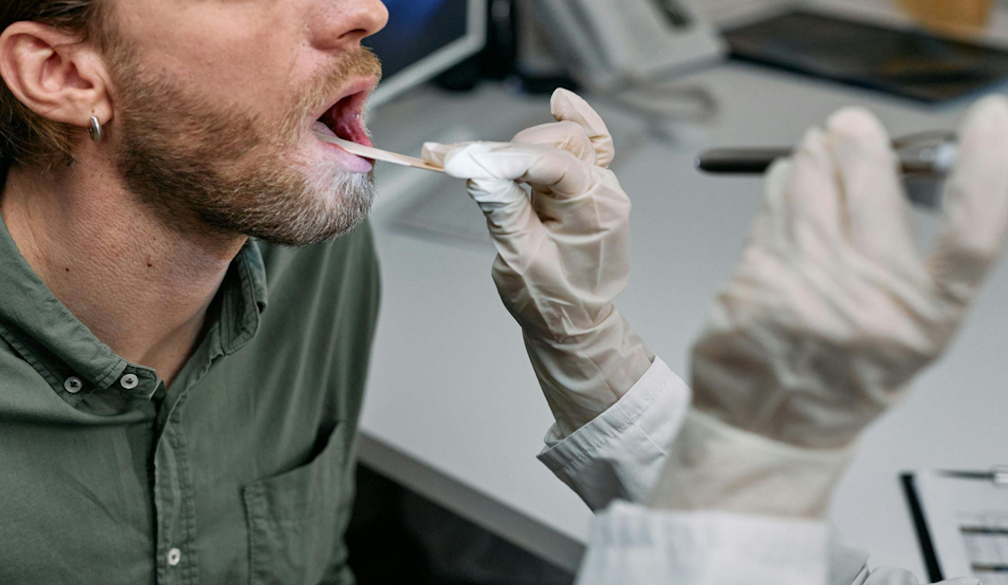The Employer’s Guide to Implementing a Drug and Alcohol Screening Program

Workplace impairment can compromise safety, reduce productivity, and expose employers to serious legal risks. In industries where precision and alertness are critical like construction, transport, or manufacturing the stakes are even higher. Without a clear screening program, you may face increased accident rates, costly downtime, or non-compliance penalties. A structured drug and alcohol screening policy empowers you to safeguard employees, protect your business, and meet regulatory requirements. But how do you design a program that’s effective, fair, and legally sound? This guide walks you through each step so you can implement a program that supports safety and compliance from day one.
Understand the Legal and Regulatory Requirements
Before launching a drug and alcohol screening program, it’s essential to understand the laws that govern workplace testing in your jurisdiction. Regulations can vary by state, industry, and job type especially in safety-sensitive sectors. Failure to comply could result in costly fines, employee disputes, or legal challenges. Start by reviewing federal and state legislation, as well as any industry-specific safety mandates. Consult with legal or compliance experts to ensure your policy is watertight. By aligning your program with the law from the outset, you protect your business, uphold employee rights, and demonstrate your commitment to a fair, compliant workplace.
Define Your Program Goals and Policy Framework
A clear policy is the backbone of any screening program. Begin by outlining your goals: Are you focused solely on safety? Compliance? Reducing operational risks? Define who will be tested such as all employees, only those in safety-sensitive positions, or new hires and under what conditions, like random checks or post-incident testing. Decide whether your approach will be zero-tolerance or rehabilitation-focused. Document these decisions in a formal policy, ensuring it’s accessible to all staff. A well-defined framework not only guides consistent application but also reinforces transparency, helping employees understand expectations and the program’s role in workplace safety.
Choose the Right Type of Screening and Testing Methods
Not all screening programs are the same and choosing the wrong one could affect accuracy, cost, and employee trust. Common screening types include pre-employment, random, post-incident, and reasonable suspicion testing. Testing methods range from urine and saliva samples to hair analysis and breath tests, each with its own pros and cons. Factors such as detection windows, turnaround times, and budget should guide your decision. Consider combining methods for higher accuracy in critical roles. By matching the testing type to your industry’s needs, you create a program that’s both effective and practical for long-term implementation.
Select a Trusted Testing Provider
Your testing provider can make or break your program’s credibility. Look for providers with industry accreditation, proven experience in your sector, and a track record of delivering accurate results quickly. Confidentiality is non-negotiable; employees must trust that their results are handled with care and privacy. Ask potential providers such as Jobfit about their testing processes, chain-of-custody protocols, and reporting systems. A strong provider partnership ensures smooth operations, reliable results, and minimal disruption to your workflow. Choosing wisely now means fewer headaches and greater confidence later.
Establish Clear Procedures and Communication Plans
Clarity and transparency are essential to program success. Create a step-by-step testing process that covers everything from scheduling and notification to sample collection and results management. Define roles and responsibilities who schedules tests, who communicates results, and how incidents are handled. Communicate the policy clearly to all employees, ideally during onboarding and through regular updates. Train supervisors to recognize signs of impairment and handle testing situations professionally. By making procedures clear and accessible, you foster trust, reduce confusion, and encourage program compliance.
Implement Support and Rehabilitation Measures
An effective screening program is more than a deterrent; it's also an opportunity to support employees in need. Consider offering Employee Assistance Programs (EAPs) or access to counseling for those who test positive. Outline clear steps for returning to work, such as completion of treatment programs or follow-up testing. Balancing safety with compassion not only protects your workforce but also demonstrates your commitment to employee well-being. Supportive measures can improve morale, reduce turnover, and reinforce a culture where safety and care go hand in hand.
Monitor, Review, and Improve the Program
A screening program isn’t “set and forget.” Regular monitoring ensures it remains effective and compliant. Track key performance indicators such as testing rates, incident reductions, and employee feedback. Review policies periodically to adapt to changes in legislation, industry standards, or company needs. Seek feedback from both management and staff to identify gaps or inefficiencies. By treating your program as a living system constantly refined you maintain its credibility, effectiveness, and alignment with your workplace’s evolving priorities.
Building a Safer, Compliant, and Productive Workplace
A well-designed drug and alcohol screening program is more than a compliance requirement it’s a strategic investment in safety, efficiency, and trust. By taking a proactive approach, you reduce risks, protect your team, and strengthen your business reputation. Whether you’re starting fresh or refining an existing policy, now is the time to implement best practices that deliver lasting results. The right program empowers you to create a workplace where safety is standard, compliance is effortless, and productivity thrives.

















